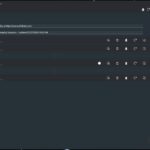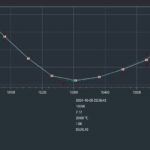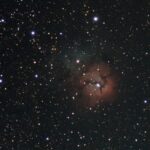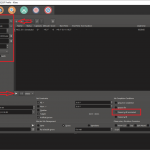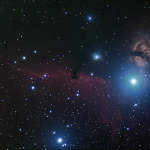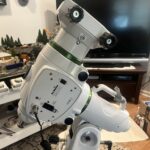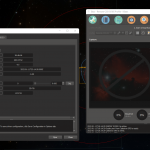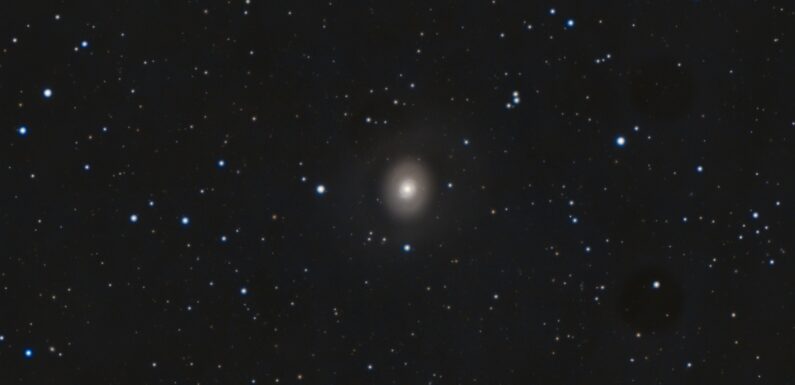
Very nice clear night with no Moon and temperatures in the upper-to-mid 50s F. This was my first night out using NINA to control the gear and the imaging sequence. It was also the first night out after tuning up the EQ6-R Pro mount. The interface on NINA took a bit to get comfortable with… it is just different than KStars/Ekos/INDI so there was a bit of learning curve, but it was not too sharp. The mount performed great, guiding around 0.6 Total RMS all night. It was one of those nights where things just worked (which is always nice).
| Primary (Imaging) | Secondary (Guiding) |
|---|---|
| Scope: SVBONY SV503 102ED Reducer/Flattener: UA 1.0x Flattener Filter: None Camera: ZWO ASI294 MC Pro, Cooled to -10 C Focuser: ZWO EAF Mount: Sky Watcher EQ6-R Pro |
Scope: SVBONY SV106 60mm Guide Scope Camera: Orion Star Shooter Autoguider (OSSAG) |
| Telescope Control, Image Acquisition, and Image Processing Software | |
|
Equipment Control and Imaging Software: NINA/PHD2/ASCOM on a Mini-PC Processing Software: GraXpert, Siril astronomical image processing tool, Siril’s Interactive Companion (Sirilic) |
|
Once it was dark enough to resolve some stars in a 4 second capture, I ran NINA’s Autofocus. The first couple autofocus runs had some issues and would not complete… In Options -> Imaging under the Image Options I needed to set the Star Detector, Star Annotator, and Autofocus to use the Hocus Focus Plugin. Once I had that set up the Autofocus ran as expected. After I had good focus I kicked off the Three Point Polar Alignment (another plugin which needs to be installed). Took me a bit to get in aligned but I was able to get it dialed in pretty well. I ended up having to switch to the ASCOM OSSAG driver in PHD2, for whatever reason the native driver was not working. Once I had an image in PHD2 I ran the PHD2 Calibration Assistant. All equipment seemed to be working well in NINA so off to capture some light.
I kicked off my sequence to capture 2 hours of M 94 around 9:50 PM EDT. I watched as the sequence slewed and centered on M94, ran the autofocus, started guiding, and then started capturing frames of M94. I ended up adding another Loop iteration to get a total of 3 hours of light from this interesting little galaxy. Pretty neat being able to update the sequencer while the sequence is running.
The capture sequence was set up to capture 12 x 300 second exposures at 121 gain, 30 offset, bin 2×2, and to dither after every 3 frames. Triggers in the sequence checked for drift every 6 frames and refocused after every 10 frames. The capture sequence is set up to loop for 3 iterations. All of this worked as expected. After capturing 3 hours of images the scope parked. I went out to cover the scope around 1:15 AM EDT.
The frames where stacked and calibrated using Sirilic(just Darks, no Flats). I opened the stacked FITS in GraXpert cropped to remove any artifacts at the edges, ran the AI Background Extraction, and ran the AI Denoise. Then saved the GraXpert processed image and opened it in Siril. In Siril I removed green noise, color calibration, stretched the histogram, deconvolution, and saved.
Messier 94 (M 94), the Cat’s Eye Galaxy or the Crocodile Eye Galaxy, a spiral galaxy in the constellation Canes Venatici. The galaxy is about 16 million light-years from Earth. This is the processed stack of 36 x 300 second exposures, 3 hours of total integration, of the Cat’s Eye Galaxy.
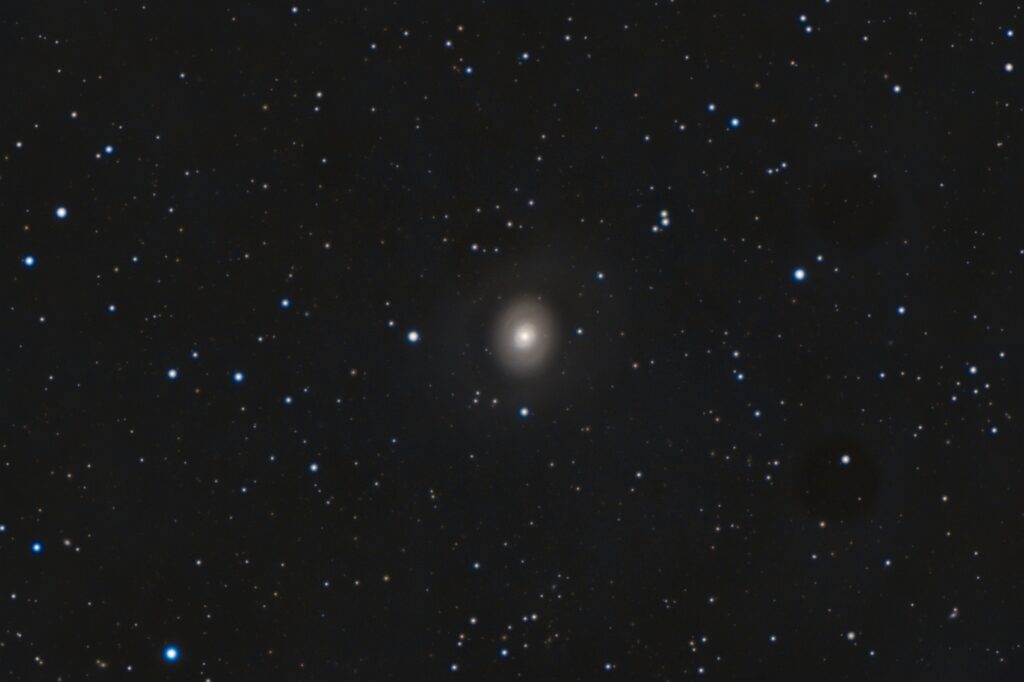
Could definitely use flats, but overall pretty nice. Some decent details in the bands, and you can just resolve the faint outer ring.
I am still learning my way around NINA, but a good night for sure. All the gear worked great and learned a few new things. Looking forward to the next one. Clear skies…

